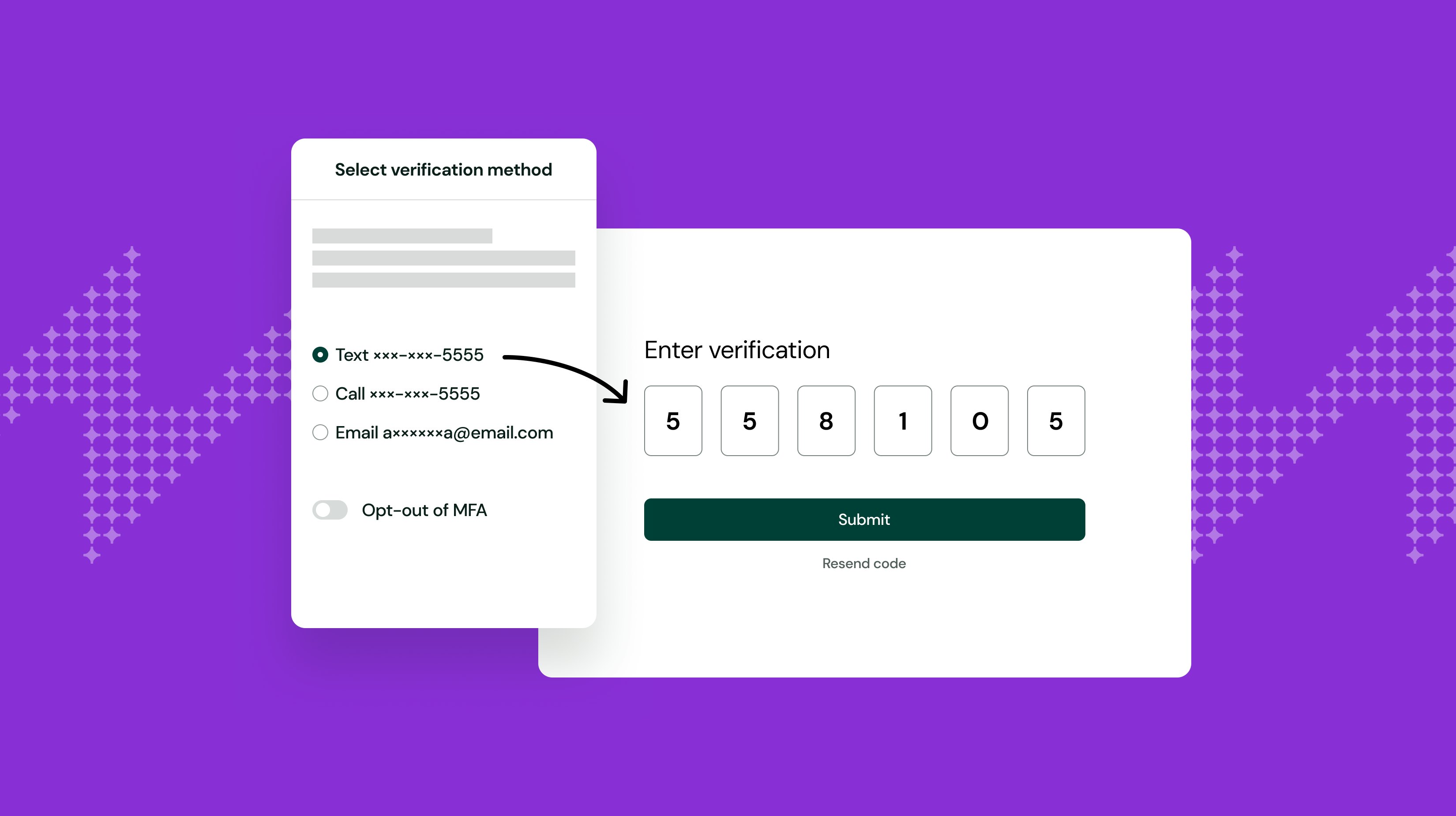How should businesses respond to rising energy rates?

Electricity prices have long been one of the most stable inputs in business. Regulated rates, incremental annual adjustments, and predictable grid operations meant power costs rarely demanded executive attention — or made headlines. But today, the energy cost crisis can’t be ignored.
Bloomberg reports that US power costs are rising faster than inflation, climbing at more than double the overall rate. Latitude Media found that electricity bills are up nearly 30% since 2021. And as the Wall Street Journal points out, the surge isn’t even necessarily good news for utilities, which now face mounting regulatory and political risk.
This isn’t just an affordability issue — it’s a signal that our energy system is under strain. And while headlines focus on households, the ripple effects are hitting businesses too.
Across industries, power is becoming unpredictable and expensive. Companies still managing energy reactively are facing budget misses, unexpected capital requirements, and procurement decisions made under pressure. Those managing it strategically are forecasting exposure, timing procurement, and protecting margins.
The New Economics of Power
The drivers of today’s crisis aren’t temporary — they’re structural.
- Demand is surging. AI is driving unprecedented power demand, with data centers, manufacturing facilities, and electrification all contributing to grid-level load growth. In some regions, wholesale electricity costs are as much as 267% higher than five years ago.
- The grid is constrained. Transmission projects can take a decade or more, and congestion is raising costs for everyone on the wires. Meanwhile, interconnection queues continue to be a bottleneck for new generation, leading to record-high capacity prices.
- Costs to build and maintain are rising. US utilities will spend a record $212 billion on capital projects this year alone — investments that inevitably flow through to customers.
- Policy can’t keep up. Tariffs, permitting delays, and uneven regulation continue to slow progress and amplify volatility.
In New Jersey — where electricity prices jumped 21.6% year-over-year, according to The New York Times — rising power bills have become a centerpiece of the state’s governor’s race. Democratic candidate Mikie Sherrill has even proposed a one-year rate freeze, underscoring just how monumental this issue has become.
Energy management enters a new era
Energy has quietly become one of the most unpredictable inputs on the P&L. One cold-storage customer recently missed its financial targets by double digits due to unexpected energy volatility — a problem that’s quickly becoming common across manufacturing, logistics, and retail. Yet most organizations still use the same approaches that worked when power was predictable — siloed consultants, scattered spreadsheets, and after-the-fact bill analysis.
That approach doesn’t work in a market defined by volatility, regulation, and political attention. The companies that will weather this shift are those that treat energy management the way they treat finance or supply chain: as a core strategic function.
The components of modern energy management
Forward-looking businesses are taking a building-to-grid approach — unifying their data, procurement, and distributed energy strategies to anticipate, not just react to, rate volatility.
A modern energy management system should empower teams to:
- Unify and normalize data. Integrate utility, meter, and building data into one source of truth for finance, operations, and sustainability.
- Forecast and benchmark costs. Identify which sites and rate schedules face the greatest volatility.
- Model distributed energy options. Evaluate solar, storage, and behind-the-meter assets to reduce grid dependence and hedge costs.
- Optimize procurement like a portfolio. Balance fixed and indexed contracts, demand response, and flexible loads to manage volatility.
With unified data as the foundation, companies can align their energy strategies across the business — shifting energy from an unpredictable expense to a manageable input they can forecast, hedge, and optimize.
Taking control in an uncertain market
Electricity prices are rising faster than inflation, infrastructure costs are surging, and policy gridlock is compounding both. For businesses, this means energy has become a financial planning challenge, not just an operational one.
But volatility doesn’t have to mean vulnerability. With connected data, cost visibility, and strategic planning, businesses can treat energy as a manageable cost — not an uncontrollable risk.
At Arcadia, we're helping companies navigate this shift: aggregating and normalizing utility data, analyzing energy costs and market opportunities, and enabling strategic energy management.

Explore how Arcadia can help optimize your end-to-end energy management strategy
Get in touchJoin our newsletter
Stay updated with our latest insights, industry trends, and expert tips delivered straight to your inbox


